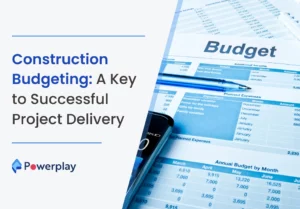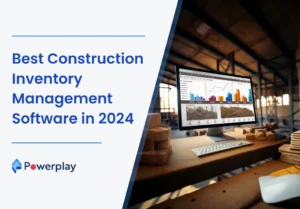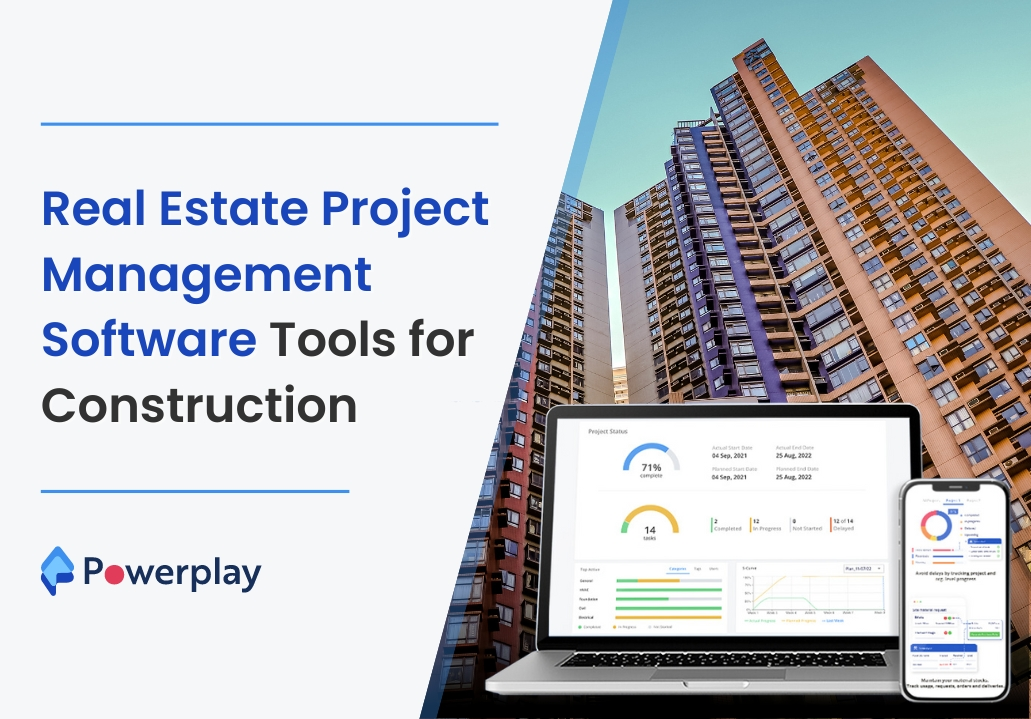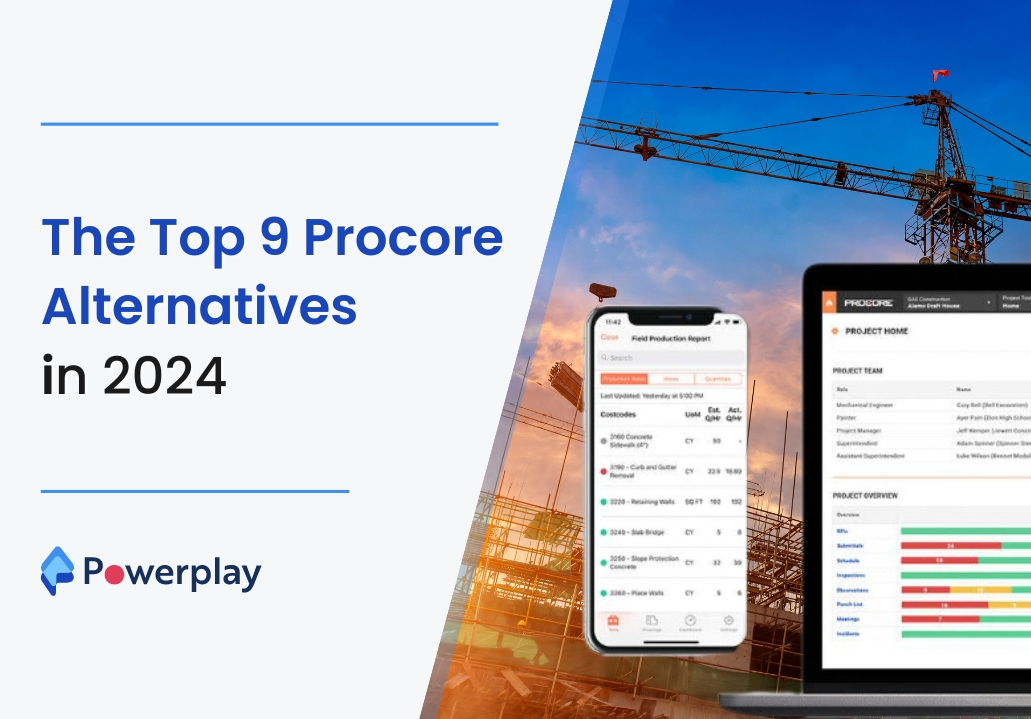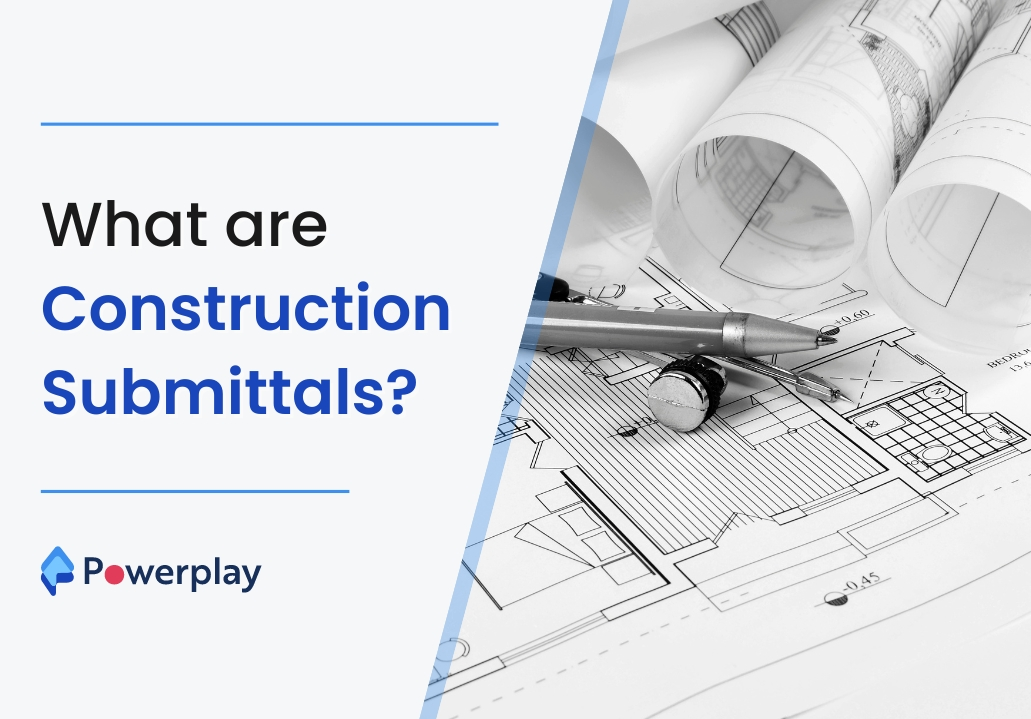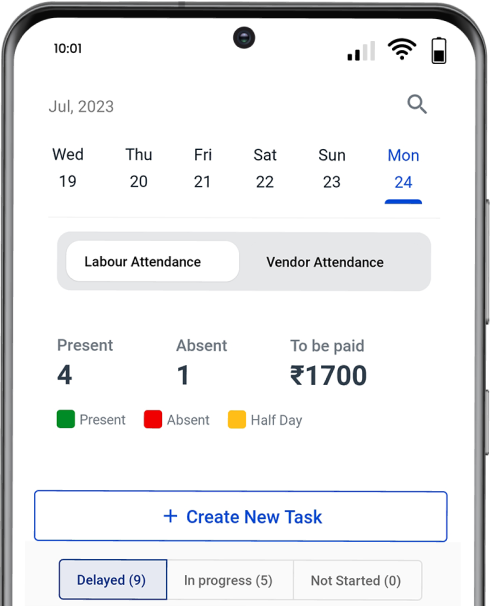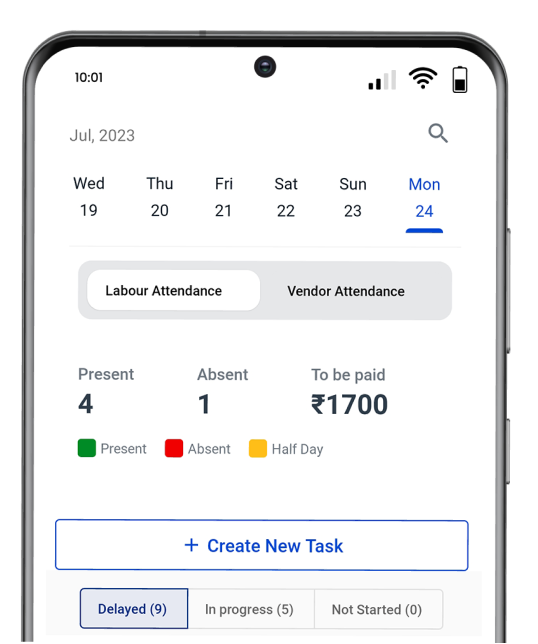How to effectively manage a construction site as a Project Manager?
-
Kumar Abhishek Anand
- April 3, 2024

Managing construction projects between the site and the office can be difficult and time-consuming for project managers. Avoiding costly errors is a priority when millions of dollars are at stake in a construction project. A good project manager must ensure that every detail and contingency is considered when working within tight deadlines and financial constraints. In this blog, we will learn how to be a good construction project manager.
You can do this whether constructing oil and gas refineries or power plants or managing infrastructure projects. Construction project management can help you manage the construction process efficiently and keep it on track, from planning and design to resource management and budget allocation.
Construction project management (PM) is a different role than a traditional project management role in other industries. It requires and incorporates extensive knowledge of the construction industry. This field presents unique challenges. Construction PMs must be thoughtful and strategic to work in a constantly changing environment.
So, how can a project manager effectively manage construction sites?
Let’s continue reading.
Table of Contents
ToggleHow To Be A Good Construction Project Manager
These are five key strategies to take your projects to the next level. Learn how a cloud-based, integrated construction software solution can assist you at every step of this journey:
1. Get the right team in place
Once a solid plan has been made, you can build an effective project team. You must ensure that the project team has the right people, skills and personalities. Each team member should know their task and what they can expect to do when it’s done.

The project leader is a key part of project management. Project managers can build positive team dynamics and serve as mentors and coaches for all team members. Your role will include being the point person to gather input from all stakeholders and project members and obtain their support for any project changes.
No matter how things are going, the best project leaders are there to inspire their teams. It might be difficult to face the challenges faced by your project if you lack effective leadership skills.
2. Make a habit of continuously planning construction projects
Although planning may seem to be the second phase of Project Management Institute’s five phases, construction project managers should begin planning before construction begins. They should also continue revising and creating plans until the project is complete. Each stage of a construction project requires extensive planning.
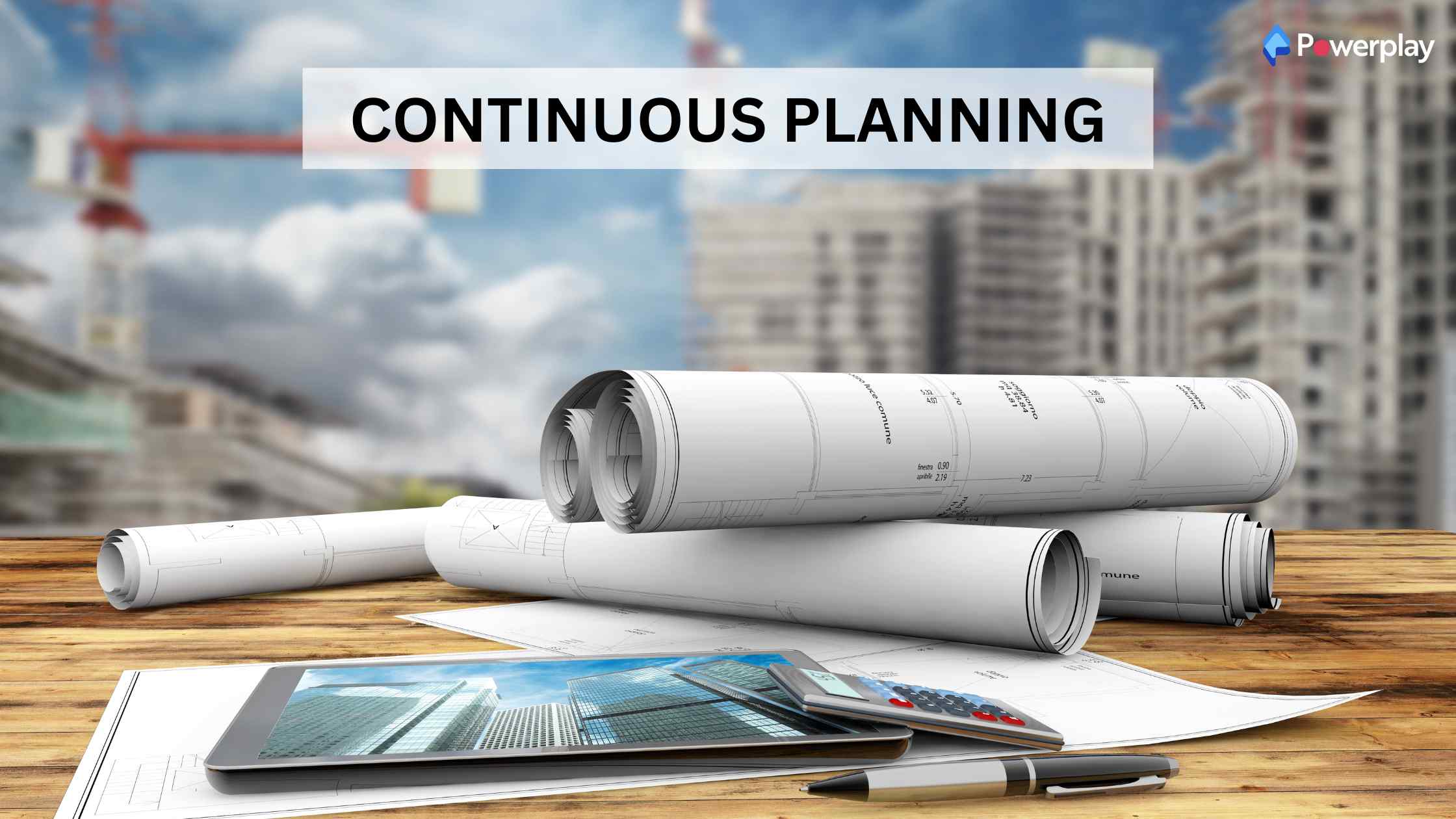
Construction sites can be subject to any number of unexpected events. The design might need to be altered if you encounter unexpected environmental issues during pre-construction. Even small adjustments can significantly impact the overall plan or timeline. This is true even during actual construction. Although you’ll be working alongside carpentry, electrical engineering, scaffolding, and plumbing professionals, they will still need a clear direction so that their efforts can be coordinated.
PMs must manage stakeholder access so that contractors and business owners only see the information they need. If a plumber needs to share the measurements of a fixture, they can send an update without having to go through a spreadsheet with unnecessary details. Contractors may have limited access to certain columns or rows through Construction PMs, but they retain full control.
3. Gather all the details
It is essential to understand all details to create a foundation for a successful project. This will allow you to plan for potential risks and help mitigate them before they become problems.

Start by defining measurable milestones you can track as the project progresses. These include client satisfaction, meeting deadlines and completing tasks within budget. Ensure your crew is current on all building codes, materials, and new products. Lastly, be aware of the lead times for all materials before starting the job.
Staying organised is the best way to keep your plan afloat, even when there are setbacks or unforeseen problems. Project management requires you to keep track of all project deliverables, workers and deadlines. You’ll be able to make changes and modifications to your agenda quickly by staying organised.
A great way to stay organised is to use project-focused software which tracks and shares all aspects of a project’s life cycle in real time. This technology allows entire teams to stay connected, whether in the field or at the office. It also allows contractors to manage every aspect of their operation from their smartphones or tablets.
4. A sound documentation process is essential
Ensuring all documentation is updated, maintained and tracked is just as important as the project team members. Documentation must be present from the beginning of the project through specific milestones until the closeout.
Even with the most efficient project management systems in place, it is rare that a project is completed within budget and on time. Therefore, you must ensure all stakeholders have access to the relevant documentation and be prepared for unexpected events. To avoid legal problems, delays, and conflicts, it is important to have all documents readily accessible with clear audit trails.
5. Use Automated Reporting Systems
A construction manager doesn’t have the time or ability to respond to hundreds of emails per day. Automated reporting systems can help you reduce the amount of correspondence.
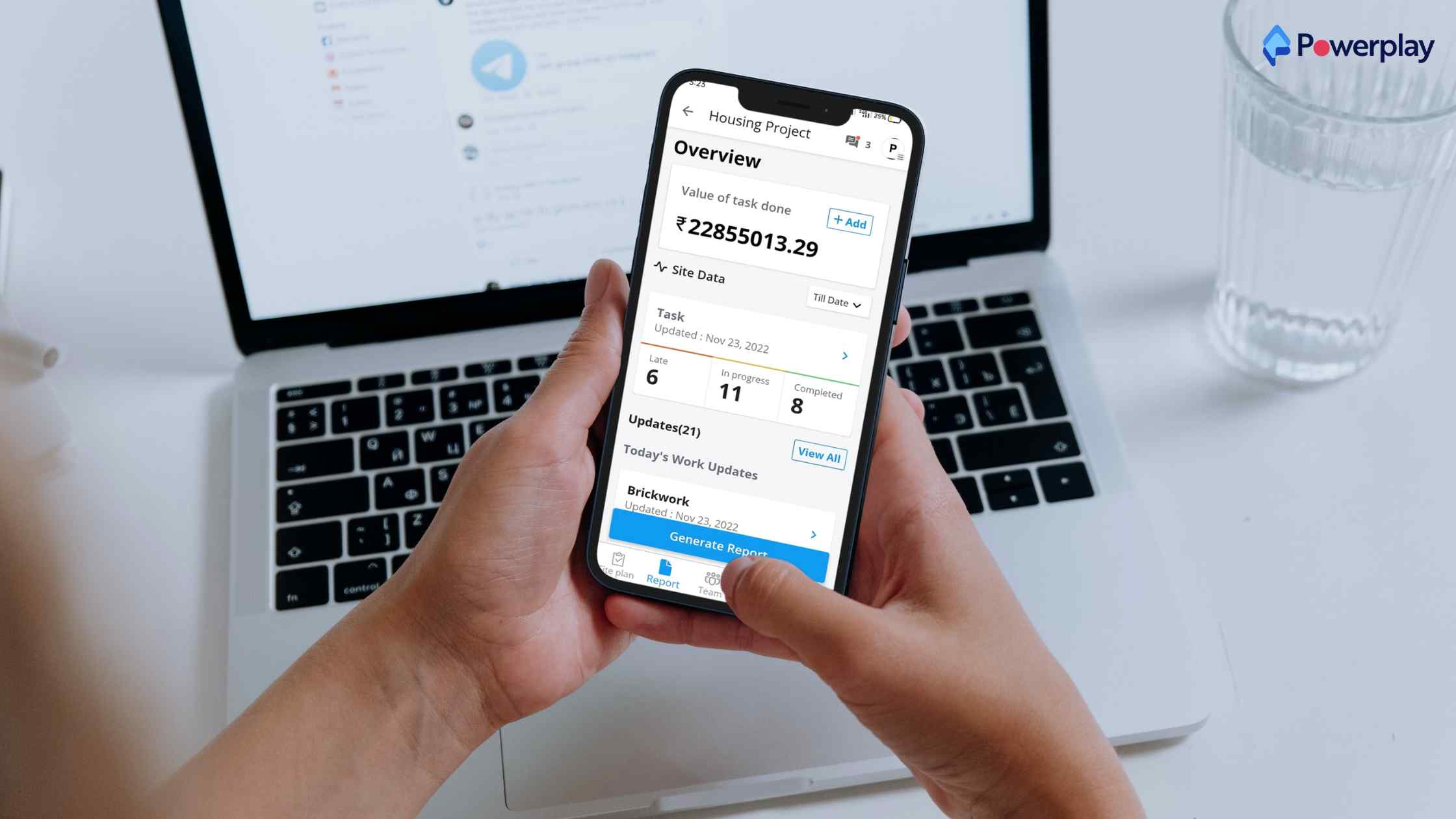
Automated delivery tools can save you time and reduce the number of spreadsheets and status reports needed for construction project management. Automating the distribution of reports will ensure that the right reports reach the right people at the right time. This will allow you to concentrate on other tasks and communication. Safety and health management systems can also prevent accidents, track incidents and streamline worksite analysis when problems arise.
Powerplay is a connected construction software that allows you to plan projects, create status images, and even set up new jobs. Powerful document management, compliance, and collaboration platform ensure that all documentation is digitalised and organised. Alerts and tasks can be launched whenever documentation is required or updated. Automated workflows ensure that the right people always work with the correct information.
6 Ways Powerplay Help You Be A Good Construction Project Manager?
Powerplay is India’s most preferred construction management app by construction project managers. Being an easy-to-use construction management app, it is used by over 7lakh construction professionals. Powerplay offers a range of features designed to help project managers effectively oversee and manage construction projects. Here’s how Powerplay can help construction project managers improve their performance:
1. Project Planning and Management
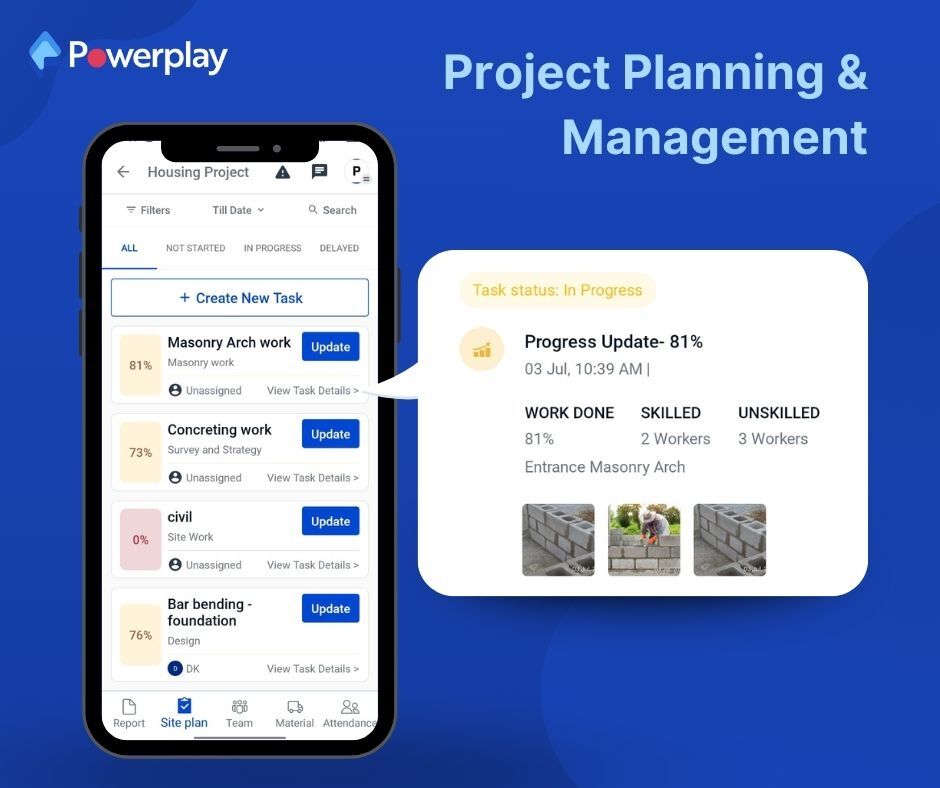
Powerplay enables project managers to plan projects effectively by providing tools to create project schedules, allocate resources, and set milestones. Project Managers can track progress in real-time and make adjustments as needed to keep the project on track.
2. Team Collaboration
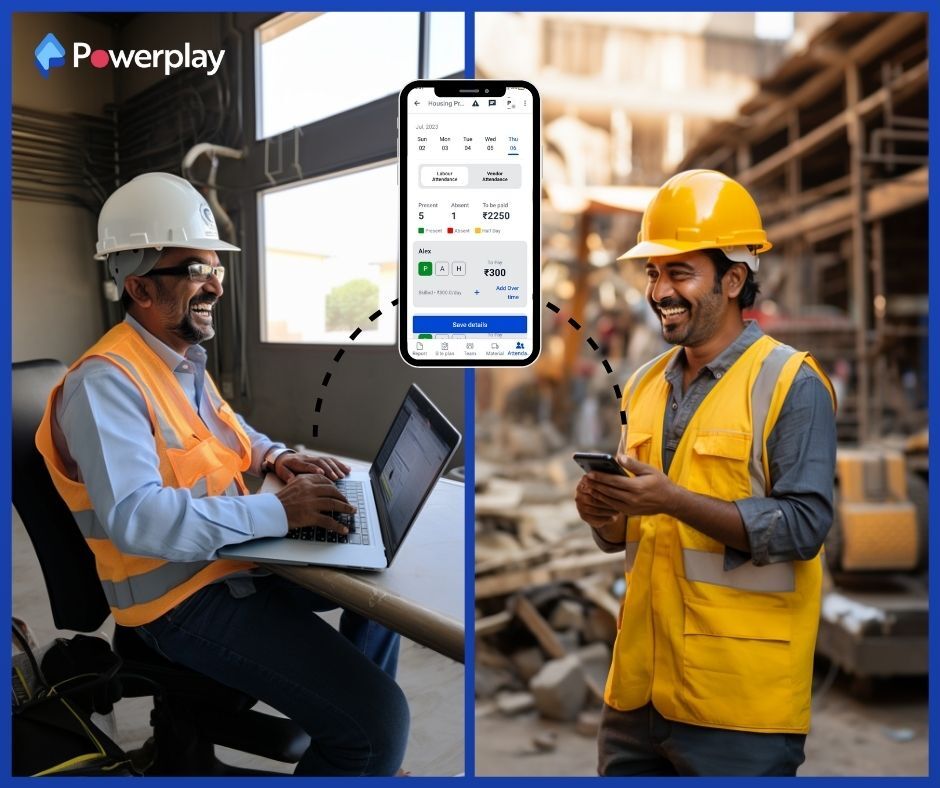
The app facilitates collaboration among project team members by providing a centralised platform for communication, document sharing, and task assignment. Team members can easily access project documents, share updates, and communicate with each other, improving overall productivity and efficiency.
3. Document Management
Powerplay offers document management capabilities, allowing project managers to store, organise, and share project-related documents securely. This ensures that all team members have access to the latest information and helps prevent delays and disputes caused by missing or outdated documents.
4. Automated Reporting
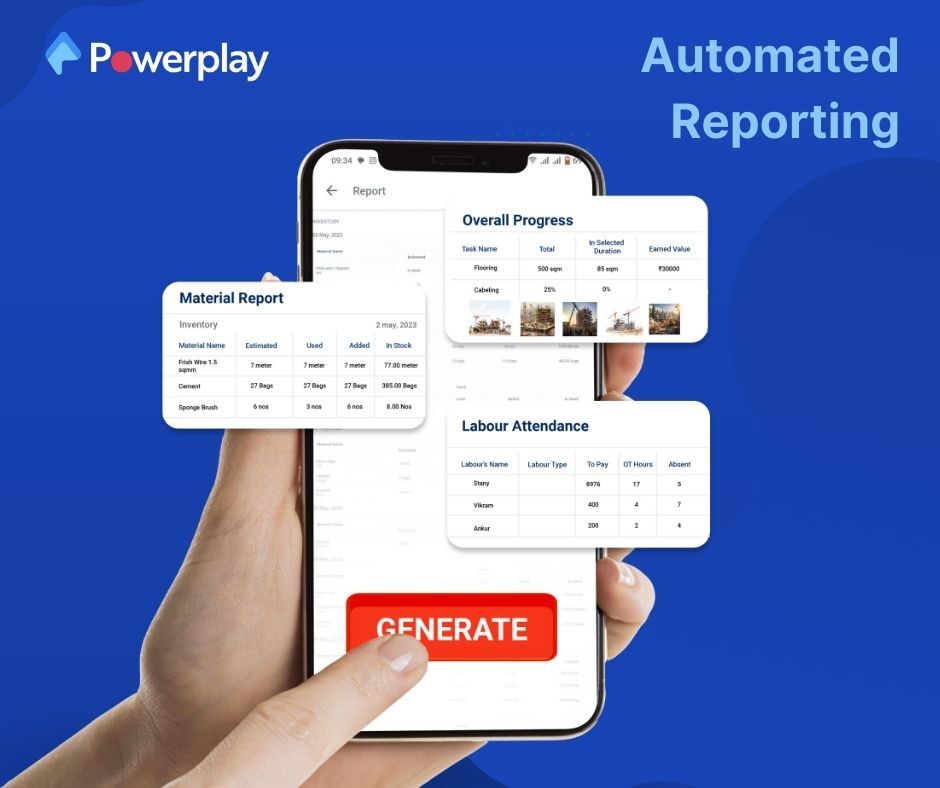
The app automates the reporting process, generating comprehensive reports on project progress, budget status, and other key metrics. This saves project managers time and effort, allowing them to focus on strategic decision-making rather than manual report generation.
5. Task Management and Workflow Automation
Powerplay helps streamline project workflows by automating repetitive tasks and facilitating task assignment and tracking. Managers can create workflows tailored to their project’s requirements, ensuring that tasks are completed efficiently and on time.
6. Mobile Accessibility
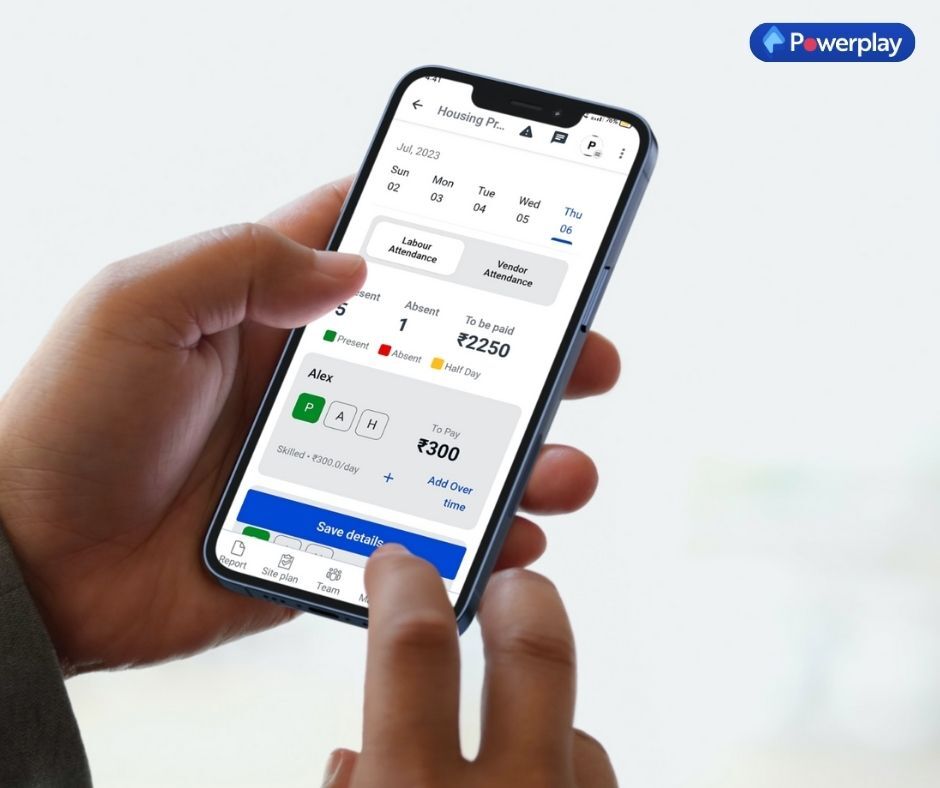
Powerplay is accessible from mobile devices, allowing project managers to stay connected and manage projects on the go. Managers can access project information, communicate with team members, and make decisions from anywhere, enhancing flexibility and responsiveness.
Conclusion
Effective management of construction sites as a Project Manager demands a blend of strategic planning, meticulous attention to detail, and utilisation of modern tools and technologies. In the dynamic and high-stakes environment of construction projects, success is measured by the ability to assemble the right team, continuously plan and adapt, gather comprehensive details, maintain sound documentation processes, and leverage automated reporting systems.
Embracing innovative solutions such as Powerplay, with its features for project planning, team collaboration, document management, automated reporting, task management, workflow automation, and mobile accessibility, can significantly enhance a Project Manager’s capabilities and elevate project outcomes.
By implementing these strategies and harnessing the power of cutting-edge construction management tools, Project Managers can navigate complexities, mitigate risks, and drive success in construction projects, ensuring efficient operations, timely delivery, and optimised resource utilisation.
Share
Kumar is a digital content professional with more than 2 years of experience in Blog writing, copywriting and scripting. His passion lies in the art of creating convincing content that plays a major role in converting leads for SAAS businesses.
